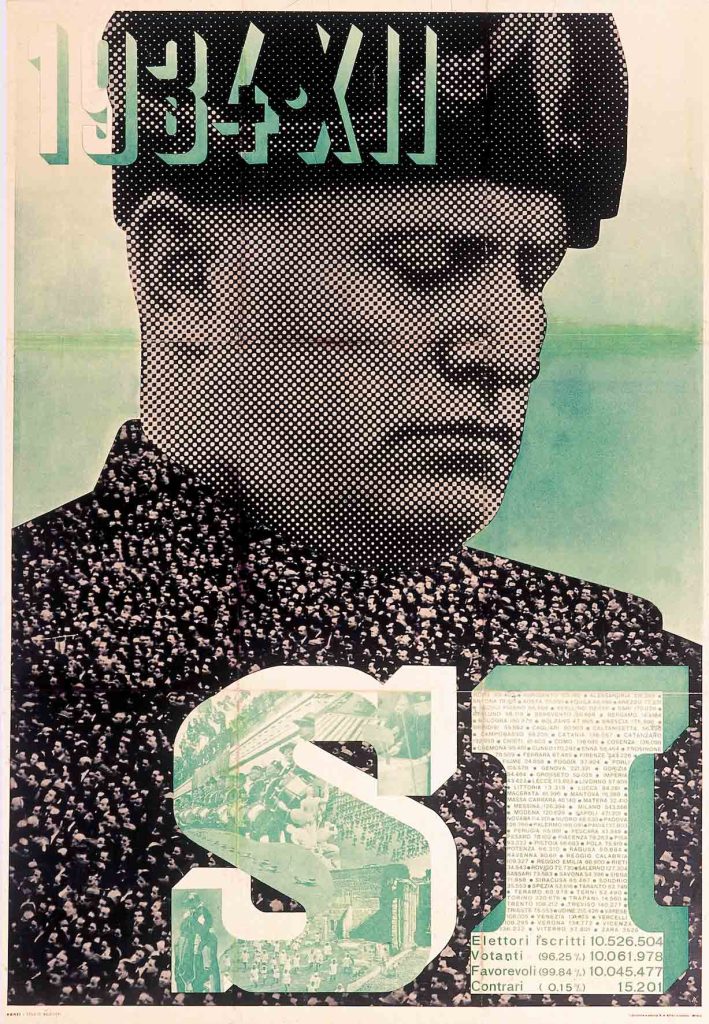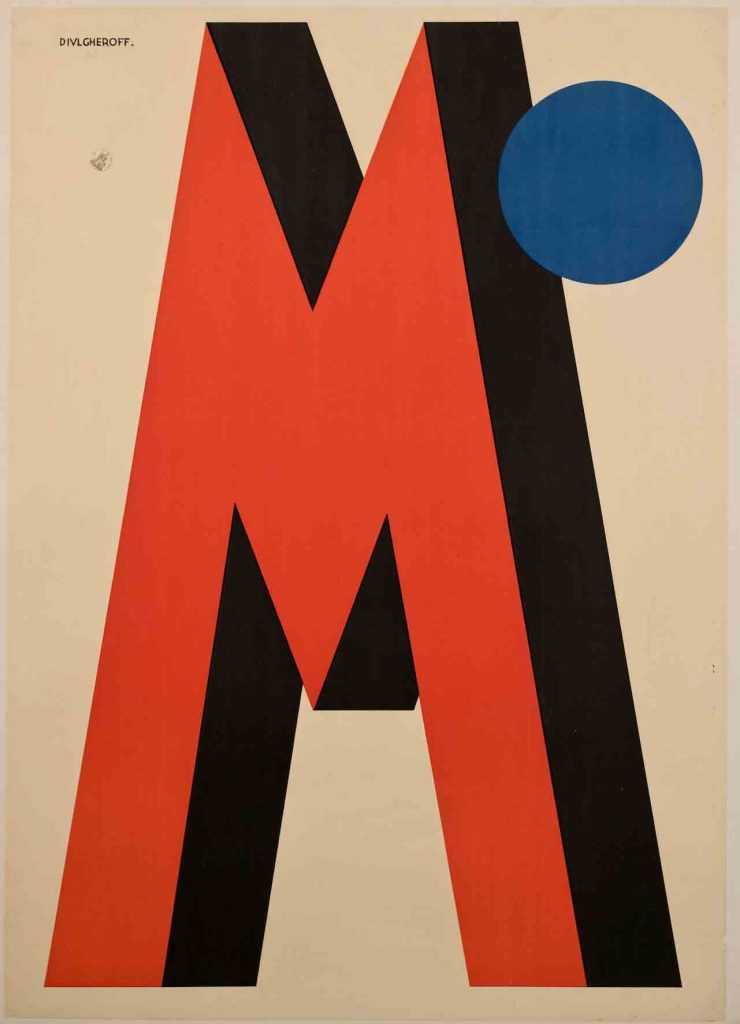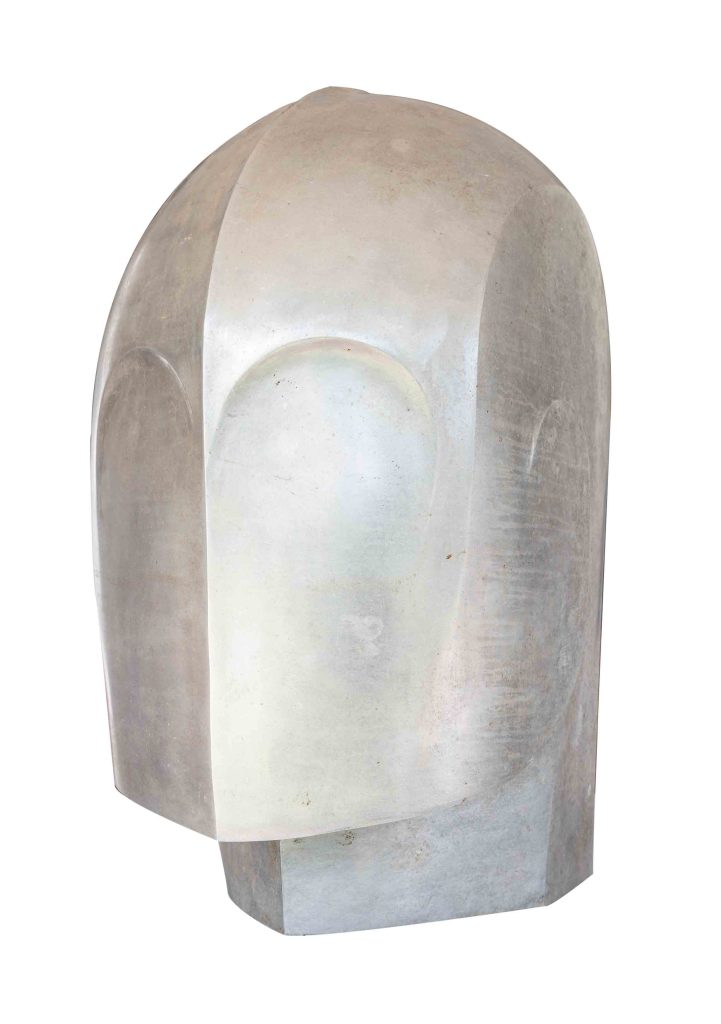Family Guide: The Future Was Then: The Changing Face of Fascist Italy
This exhibition is rated PG-13. Parents and guardians should be aware that this exhibition includes:
- Propaganda posters, books, and pamphlets that show Mussolini and elements of fascism, imperialism, and colonialism in a positive light.
- Imagery of the fascist salute.
- A 3.5 x 2.5-inch photograph of Mussolini’s execution by hanging (located at the end of the exhibition). This photograph is high on the wall, above the average eye-level of a child.
Guiding Language
See below recommended language for describing key terms from this exhibition to young learners. This language was created with children ages eight and up in mind.
- Fascism is when a group of people in a government or country carry out the orders of a dictator. A dictator is a leader who has unlimited power. A dictator uses a fascist government to control the opinions and beliefs of people. People who disagree with the government or dictator are hurt or punished. People cannot speak freely or be themselves.
- Propaganda is a tool used to control what people think and believe. Propaganda can be found in art, television, radio, and advertisements. Propaganda posters often use graphic design to control the way people feel about certain governments, countries, people, and ideas.
Recommended Works and Guiding Questions
Mussolini was a dictator of Italy before and during World War II. He used propaganda posters and advertisements to get the Italian people to support his dictatorship. He wanted Italians to see him as a powerful ruler who would make Italy strong and wealthy. He built a police force to punish people who disagreed with him.
Let’s look at three art works that use Mussolini’s image as propaganda in three different ways:

Sì (Yes), Xanti Schawinsky, 1934
This poster shows Mussolini and the people of Italy. In front of him are big letters spelling “Sì,” or “Yes” in Italian.
- Look at Mussolini’s pose. Why did the poster designer choose this pose?
- Why are there other people in the poster?
- Why did the designer put the words “Sì” on the poster?
- What do you think this poster is trying to say about Mussolini?

M, Nicolaj Diulgheroff, 1928
Propaganda posters do not always use pictures. For example, this poster is an advertisement for a beverage company called Metzger. Instead of putting the whole name of the company on the poster, the poster designer has just put the letter “M,” which is also the first letter in “Mussolini.”
- How is this poster different from the previous poster (Sì, 1934)? How is it similar?
- Why did the designer choose to use “M” instead of a picture for his advertisement?
- Look at the size and color of the “M.” Why did the designer choose to make it look this way?

Dux, Thayaht (Ernesto Michahelles), 1929
Sculptures can also be propaganda. This sculpture was made for Mussolini. He asked the artist to make thousands of copies and send them across Italy so everyone could see them.
- What does this statue remind you of?
- This statue is of Mussolini, but it does not have eyes, a nose, or a mouth. Why did the artist choose to sculpt Mussolini like this?
- What do you think this sculpture is saying about Mussolini?
Additional Resources
- For further guidance, sign up for the free Poster Kids event(s) related to this exhibition. Poster House’s educators are trained to facilitate age-appropriate discussions around a diverse range of topics.
- Britannica Kids. Fascism. (2025) https://kids.britannica.com/kids/article/fascism/353118.
- Bright Littles. How To Talk to Kids About Fascism. (2025) https://brightlittles.com/blogs/news/how-to-talk-to-kids-about-fascism-in-a-way-that-makes-sense-to-them.
Join the Education Newsletter to get notified!
JOIN EDUCATION NEWSLETTER